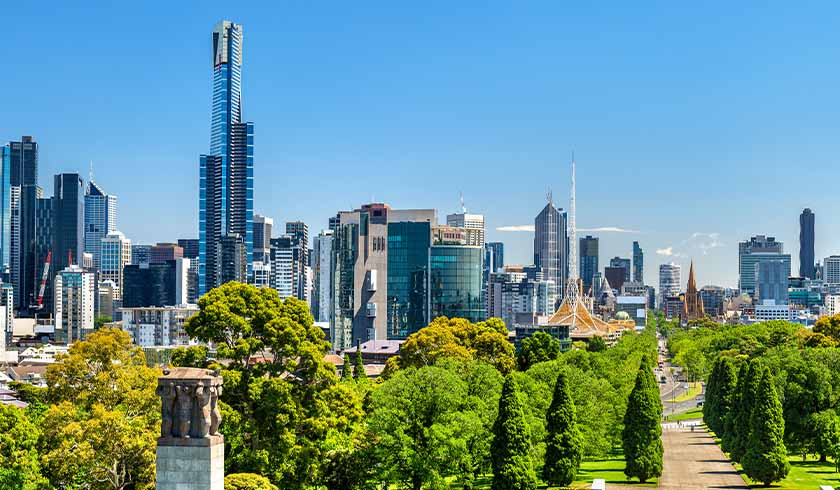Property market dips for second straight month
Falls in national house prices accelerated over the month of June, with the September cliff still looming, new research has shown.

Following 11 months of gains, dwellings have been reduced by more than a per cent following 0.4 per cent in May before falling a further 0.7 per cent in June.
Melbourne and Perth had the biggest reduction in house prices, falling by 1.1 per cent in June, followed by a 0.8 per cent decrease in Sydney, a 0.4 per cent fall in Brisbane and a drop of 0.2 per cent in Adelaide, according to CoreLogic’s hedonic home value index.
Prices in Hobart and Darwin grew by 0.3 per cent while the nation’s capital Canberra also increased slightly by 0.1 per cent.
However, according to CoreLogic’s head of research, Tim Lawless, this was not enough to move property into positive territory as nationally it fell by 1.3 percent over the past two months.
Despite the falls, Mr Lawless noted that the market is currently being aided by government support and loan deferrals that will run out.
“Another key risk relates to the eventual removal of stimulus measures and borrower repayment holidays. Eventually, the economy and borrowers will need to abide by market forces. This is when we could see a rise in mortgage arrears and the potential for a lift in urgent or forced sales,” he said.
Corelogic’s research also revealed that more expensive properties are seeing the biggest swings during the COVID-19 market correction.
“The past three months has seen this trend playing out, with upper quartile values down 1.7 per cent across the combined capital city index over the past three months, while lower quartile values have fallen by only 0.3 per cent,” Mr Lawless said.
This capital city trend is driven mostly by Sydney and Melbourne, while the smaller cities have shown a mixed result across the valuation cohorts.
In Sydney, the upper quartile is down 1.3 per cent over the past three months, while lower quartile values are up 0.2 per cent. Similarly, over the same period in Melbourne, upper quartile values are down 3.7 per cent, while lower quartile values have declined a more modest 0.5 per cent.
Mr Lawless notes, however, “Importantly, the upper quartile also recorded the most significant run-up in values throughout the second half of last year.”
Despite the economic risks and the market reducing, Mr Lawless also highlighted some green shoots for property investors.
“With real estate agent activity bouncing back, the number of fresh real estate listings has been ramping up since early May.
“The rolling 28-day count of new listings remained lower than a year ago, but was 42 per cent higher relative to the recent low in early May.
“While new listings are ramping up, the total listing count has continued to trend lower, indicating a strong rate of absorption,” Mr Lawless explained.
He also noted that auctions are showing signs of recovery following the government stopping on-site auctions.
“Auction markets have shown a partial recovery, with the combined capital city clearance rate averaging 59.9 per cent since mid-May. Clearance rates reached a record low of 30.2 per cent through April as a result of the temporary ban of on-site auctions,” Mr Lawless said.
“This saw withdrawal rates peak at 56.0 per cent, and more than 80 per cent of successful auction sales were negotiated prior to the auction rather than under the hammer.
“Since late May, as the ban on auctions has lifted, withdrawal rates have tracked around the 10 per cent with the large majority of auctions selling under the hammer rather than before or after the event.”

